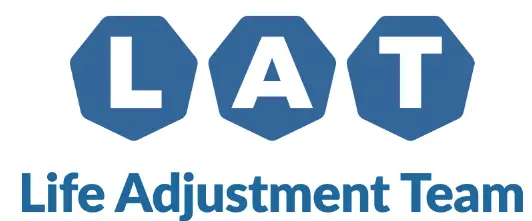Making the right decisions regarding mental health treatment is the first step toward achieving transformative change. Partial Hospitalization Programs (PHPs) and Intensive Outpatient Programs (IOPs) are two of the most effective outpatient mental health treatment options, offering tailored services that cater to the individual’s needs and the severity of their condition. However, the choice between PHP and IOP can be overwhelming, and understanding which program aligns with your unique circumstances is essential for your well-being.
Partial Hospitalization Program (PHP):
Partial Hospitalization Programs (PHPs) share similarities with Intensive Outpatient Programs (IOPs), but the differences become apparent upon closer examination. PHPs are generally more intensive, often resembling a residential program rather than a traditional outpatient approach. In a PHP, individuals typically engage in sessions for 5 days a week, lasting from 4 to 8 hours per session, although this varies based on individual needs. This level of intensity proves beneficial, especially for those transitioning from residential treatment and not yet ready for a full return to daily life. The more rigorous schedule of PHPs provides a structured and supportive environment, aiding individuals in creating a safer routine as they progress in their mental health journey.
Intensive Outpatient Program (IOP):
IOPs strike a balance between intensity and flexibility. Individuals attend sessions multiple times a week, allowing them to continue their daily routines while receiving robust mental health support. Unlike PHPs, IOPs are more adaptable to individuals with busy schedules or those who prefer a less intensive treatment approach. Understanding the nuances between PHPs and IOPs is crucial in making an informed choice that aligns with each person’s specific needs and preferences on the path to mental health recovery.
Factors to Consider: A Personalized Approach:
When embarking on the journey of selecting the right outpatient program, several factors come into play, each influencing the decision-making process:
1. Your Needs:
Assess the specific needs of your mental health condition. Consider the intensity and duration of treatment that aligns with your requirements.
2. Your Limitations:
Recognize any limitations or responsibilities in your life, such as work, school, or family commitments. Understanding these constraints helps determine the feasibility of inpatient or outpatient options.
3. Personal Preferences:
Consider your lifestyle and preferences. Some individuals may thrive in the structure of inpatient programs, while others may prefer the flexibility of outpatient treatment.
4. Your Financial Situation:
Be realistic about your financial situation. While the value of recovery is priceless, understanding the financial implications of inpatient treatment versus outpatient programs is crucial.
5. Time Availability:
Evaluate how much time you can commit to treatment. Inpatient programs may demand more time, while outpatient programs offer flexibility for individuals with busy schedules.
Duration of Programs: Short-Term vs Long-Term
The duration of treatment programs is a significant consideration. Shorter treatment programs, lasting a minimum of 30 days, are deemed short-term. In contrast, long-term programs can extend to 90 days or longer. The severity of your condition and your availability play vital roles in determining the most suitable program duration.
Financial Considerations: Balancing Value and Cost
While the value of mental health recovery is immeasurable, understanding the financial aspects of treatment is practical. Inpatient mental health treatment can be costly, but various avenues, such as insurance coverage and state-funded grants, can assist in alleviating the financial burden. Balancing the value of recovery with financial considerations ensures that you make an informed decision that aligns with your overall well-being.
Inpatient vs Outpatient: Lifestyle and Preferences
Understanding your lifestyle and preferences is crucial in the inpatient vs outpatient decision. Inpatient programs offer a structured environment where individuals stay at a rehabilitation center, providing daily and immersive support. On the other hand, outpatient programs, including both IOP and PHP, allow individuals to continue living at home and participating in their communities, offering flexibility that suits various lifestyles.
Making an Informed Decision: The Life Adjustment Team
In choosing between PHP and IOP, the key lies in finding the right program that aligns with your unique circumstances, conditions, and goals. At The Life Adjustment Team, we prioritize your unique mental health journey. Our Intensive Outpatient Program in Los Angeles offers a tailored approach, blending flexibility and intensity to meet your individual needs. Additionally, The Life Adjustment Team now offers a Partial Hospitalization Program (PHP), expanding our range of services to better cater to your mental health needs.
Our experienced team is dedicated to empowering individuals with comprehensive support and helping you navigate challenges while maintaining your daily routine. Committed to your well-being, we deliver compassionate and effective IOP and PHP experiences, guiding you toward lasting transformation. Choose The Life Adjustment Team today to start your journey on the path to mental health recovery.








